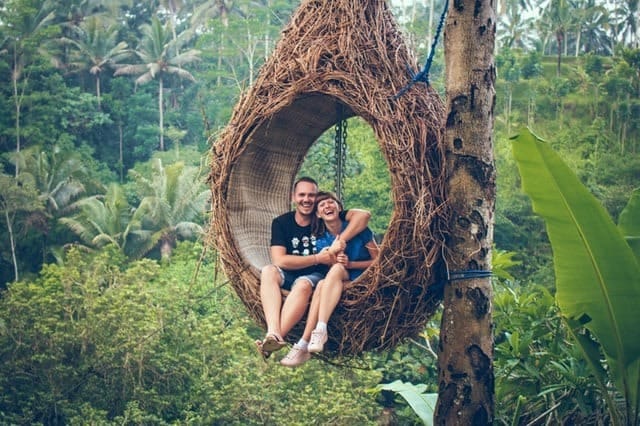Do you dream of exotic and interesting far off places? Why spend your vacation at a resort in the USA when there are incredible places all around the world where you can experience a totally alien but fascinating culture. There are many countries that could vie for a place on your bucket list but here are five of the best.

Australia
The Land Down Under is a place like no other. From huge vibrant cities like Sydney, Melbourne and Perth to the dry red center and the Great Barrier Reef and tropical islands, Australia is a land of contrasts. It is a laid-back country with a great sense of fun but also a legacy of sporting prowess. From trying your hand at panning for gold to diving with sharks there’s an amazing array of adventures to have. There are incredible landmarks including Uluru, Sydney Opera House and Harbor, the “Big” things and its many rocky outcrops and mountains. If there’s one place it worth considering getting a travel loan to visit, it’s Oz.
Vietnam
If there is one over-riding image of Vietnam popular in the media, it is the number of motorcyclists in the major cities. Motorcycle travel across the whole country is popular and roads are surprisingly good. Vietnam Motorbike Tours are a terrific way to see the best sights and attractions. You can easily visit the top cities like Ho Chi Minh City, Hanoi, Dalat, Da Nang and the stunning Hội An, the picture-postcard perfect Ha Long Bay as well as the incredible beauty of jaw-dropping Hai Van Pass. With a long and rich history and one of the most fragrant cuisines in Asia, Vietnam deserves a spot on your bucket list.
South Africa
Known as the Great Mother or the Rainbow Nation, South Africa pulls in visitors like a moth drawn to a flame. A country of stunning contrasts, South Africa is a melting pot of cultures. From the two amazing coastal cities of Cape Town and Durban to the bustle of Johannesburg to outback towns where pre-apartheid life seems stuck in time, urban life is very different to the countryside of the Garden Route and the wine growing regions like Stellenbosch. Of course, the great attraction is the national parks. You couldn’t pay a visit to South Africa without a safari trip to see the big five game animals.
Indonesia
Thailand has topped the list of Asian destinations for many years now but don’t overlook Indonesia. This highly populous nation of more than 17000 islands, 300 languages and many varied cultures is a diversity lover’s dream. It is simply filled with a myriad of adventures. Have some tropical R&R in beautiful Bali, go volcano trekking in Sumatra, or go shopping in a cool, glitzy mall in the capital, Jakarta. Wildlife is beguiling with orangutans lazing in trees and Komodo dragons menacing those who dare come too close. There’s adventure around every corner.
Greece
Being one of Europe’s top tourist hotspots shouldn’t put you in mind of overcrowded beaches lined by high rise hotels. Greece is an absolute charm whether you choose the magnificent mainland or one of its idyllic islands. The capital, Athens, is one of the most historical destinations on the planet and the marvels of the ancient civilization will leave you in awe. The country boasts 6,000 sitting in the beautiful Aegean Sea, each with its own character. Some have huge party resorts while others might only be inhabited by a goatherd and his family and their animals. Island hopping by boat is a fabulous way to immerse yourself in the beauty of Greece. The food’s not half bad either!
Which is going on your list of must-visit places?
